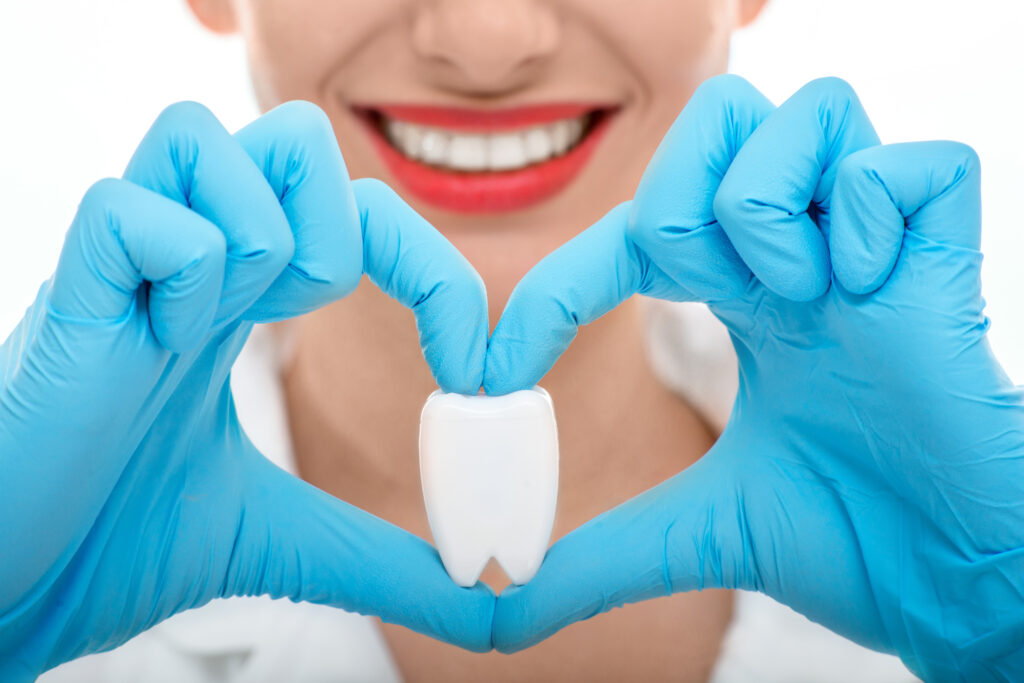Even with the finest dental care, it occasionally becomes vital to extract a tooth. The removal of a tooth from its socket in the jawbone is known as a tooth extraction. While having a tooth pulled may seem frightening, it is sometimes necessary to do so in order to cure discomfort, address serious decay or damage, stop the development of infection, or make room for orthodontic treatment.
Simple Tooth Extractions
When a tooth can be easily reached by a dentist or oral surgeon and is visible above the gum line, simple tooth extractions are carried out. An elevator, a dental instrument, is used to loosen the tooth during a straightforward extraction, and forceps are then used to remove it.
Usually, local anesthetic is used to numb the region and make sure the patient is comfortable. For teeth that are badly decaying, damaged, or diseased, as well as for orthodontic purposes or to alleviate crowding, simple extractions are frequently carried out.
Surgical Tooth Extractions
When a tooth is difficult to reach or has not fully erupted, more complex surgical extractions are required. This can be because the tooth is impacted, badly shattered or cracked, or improperly positioned to be removed. Wisdom teeth (third molars), which frequently lack enough room to properly develop and might cause discomfort, infections, or other difficulties, may also need to be removed surgically.
An oral surgeon makes a cut in the gum tissue to access the tooth during a surgical extraction. The tooth may need to be split into smaller pieces, or some bone may need to be removed. Local anesthesia is commonly used for the treatment, however, general anesthesia may be necessary for more complicated situations or for individuals with certain medical conditions.
Differences Between Simple and Surgical Tooth Extractions
The primary distinctions between the two are as follows:
Simple Tooth Extractions:
- A dentist in Spruce Grove or oral surgeon uses this method of extraction on teeth that are visible above the gum line and are easy to reach.
- Usually, local anesthetic is utilized to numb the region and make sure the process is painless.
- The tooth is first loosened by the dentist or oral surgeon using a dental instrument called an elevator, and then it is extracted using forceps.
- For teeth that are badly decaying, damaged, or diseased, as well as for orthodontic purposes or to alleviate crowding, simple extractions are frequently carried out.
- The majority of patients can resume their regular activities soon after the treatment, and recovery time is often brief.
Surgical Tooth Extractions:
- When a tooth is difficult to reach or has not fully erupted, surgical extractions, which are more involved in operations, are required.
- This kind of extraction is frequently necessary for teeth that are impacted (such as wisdom teeth), badly shattered or cracked, or are situated in a way that makes removal difficult.
- In order to reach the tooth, an oral surgeon may need to make an incision in the gum tissue during the surgery.
- In some circumstances, for tooth extraction, bone removal or tooth sectioning (chopping the tooth into smaller pieces) may be required.
- In more complicated instances or for individuals with unique needs, surgical extractions can also be done under general anesthesia instead of local anesthesia, with or without sedation.
- In order to speed recovery, special post-operative recommendations, such as avoiding particular foods or activities, will be given. Recovery time may be greater than with basic extractions.
Conclusion
If you are in need of tooth extractions in Spruce Grove, Queen Street Dental is a trusted choice. Choosing us for your tooth extraction needs offers several advantages. Our skilled team will guide you through the process, address any concerns or questions you may have, and provide thorough aftercare instructions to promote proper healing.
Take the first step towards a healthier smile by scheduling a consultation with our dentist near you and experiencing our commitment to providing exceptional dental care.
Frequently Asked Questions
1. Are tooth extractions painful?
Since local anesthetic is employed, the surgery itself is generally not painful. Following the extraction, there may be some discomfort or soreness, which can be eased with painkillers.
2. Can I eat after a tooth extraction?
It is advised to wait a few hours before eating after the extraction. Once the numbness subsides, soft meals can be eaten before a normal diet can be progressively resumed as tolerated.
3. How long does it take to recover from a tooth extraction?
Although recovery times vary, they usually last between one and two weeks. For optimum recovery, it’s crucial to follow your dentist’s post-operative care guidelines.
4. Can I drive myself home after a tooth extraction?
In most cases, you can drive yourself home after undergoing a tooth extraction near you. It is not safe to drive while under sedation or general anesthesia, so make arrangements for someone else to pick you up.
5. What should I do if I experience bleeding or pain after a tooth extraction?
To stop the bleeding, gently bite on a clean gauze pad. Follow the directions on any prescription or over-the-counter pain medication. If the bleeding continues, the discomfort is significant, or you have any other concerns, call your dentist.

